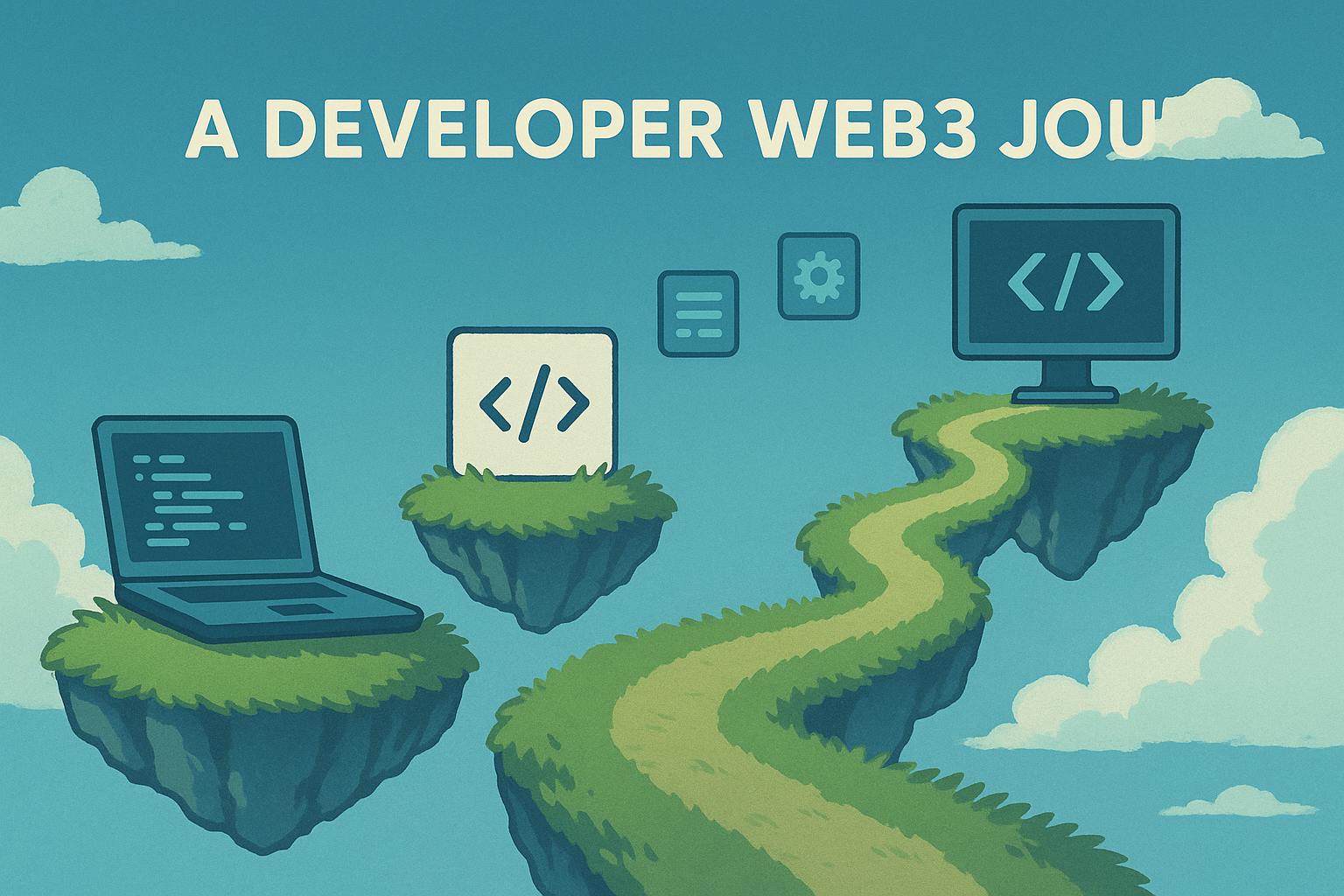
"A blockchain is a distributed digital ledger, a spreadsheet duplicated across a network of computers, updating simultaneously without a single controlling entity."
"The true innovation of blockchain lies in its ability to maintain consensus about the state of data across a distributed network without requiring trust between participants."
"Once data is recorded in a block and added to the chain, it becomes nearly impossible to change, making blockchain an inherently tamper-resistant database."
"Each block contains a cryptographic hash of the previous block, a timestamp, and transaction data, creating an immutable structure that resists alteration."
This article explores the evolution of blockchain technology from its Bitcoin origins to its revolutionary potential in data management and decentralized applications. It explains blockchain as a distributed ledger that operates across a peer-to-peer network of nodes, ensuring consensus without a central authority. The article highlights blockchainâs tamper-resistant nature, resulting from its structural designâevery block's inclusion of cryptographic hashes and transaction timestampsâwhich establishes a secure, immutable database. Additionally, it emphasizes the role of node providers like GetBlock in the blockchain ecosystem, facilitating access and interaction for developers and users alike.
Read at Hackernoon
Unable to calculate read time
Collection
[
|
...
]